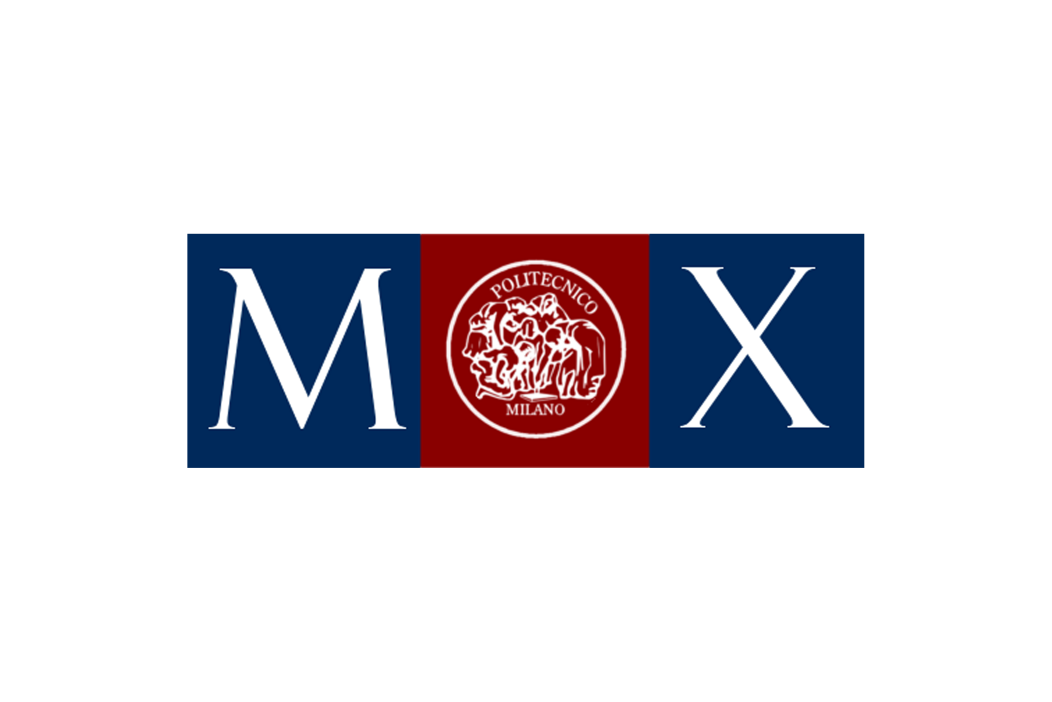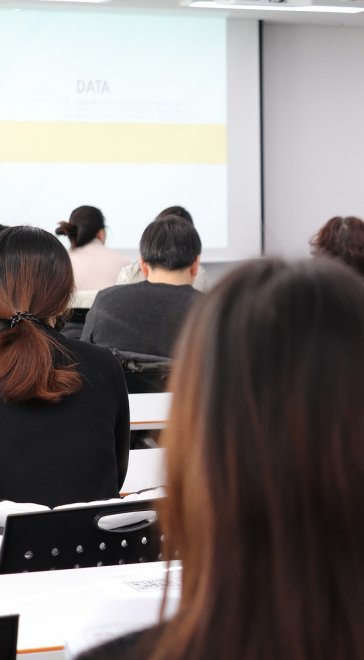Mesoscopic origins of cell shape changes during tissue morphogenesis

Cortical forces drive a variety of cell shape changes and cell movements during tissue morphogenesis [1,2]. While the molecular components underlying these forces have been largely identified, how they assemble and spatially and temporally organize at cell surfaces to promote cell shape changes in developing tissues are open questions. I will present how cortical forces emerge from the dynamics of actomyosin networks in interactions with adhesion complexes during early tissue morphogenesis. I will focus on the elongation of Drosophila melanogaster embryos, which results from polarized cell neighbour exchanges. I will describe the pulsatile nature of force generation and the role of actomyosin flows in this process [3] and show how E-cadherin organizes at cell surfaces to ensure the mechanical stability of the epithelium [4].
1 Rauzi, M., Verant, P., Lecuit, T., Lenne, P.F., 2008. Nature and anisotropy of cortical forces orienting Drosophila tissue morphogenesis. Nature Cell Biol 10, 1401-U1457.
2 Rauzi, M., Lenne, P.F., 2011. Cortical forces in cell shape changes and tissue morphogenesis. Curr Top Dev Biol 95, 93-144.
3 Rauzi, M., Lenne, P.F., Lecuit, T., 2010. Planar polarized actomyosin contractile flows control epithelial junction remodelling. Nature 468, 1110-1114.
4 Truong Quang, B. A., Markova, O. and Lenne, P.F. 2012. Regulation and control of the fine-grained organization of E-cadherin in an epithelium revealed by quantitative super-resolved microscopy, submitted.

